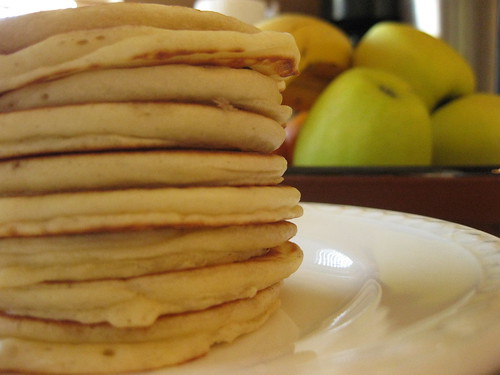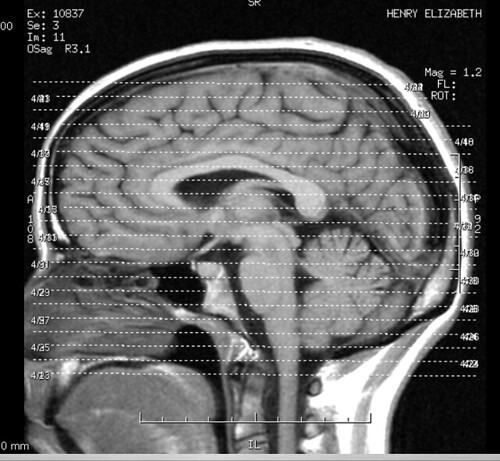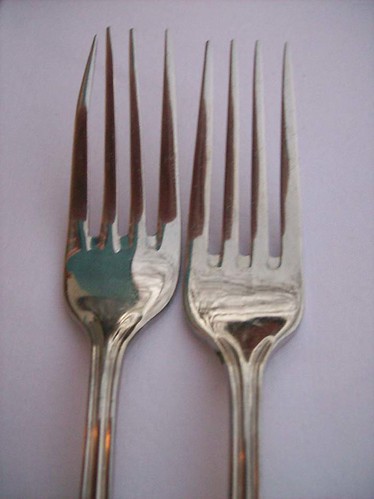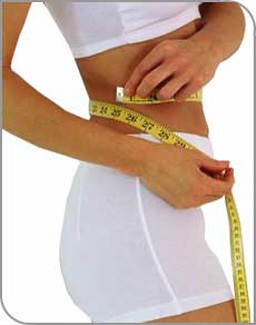Which fruits should I eat more of?
Apples and bananas are generally the most popular fruit - they're easy to eat, easy (and cheap) to buy and are generally fairly convenient. However, there are other fruits that are more easily incorporated into different parts of your diet, and more beneficial for you.
Melon, grapes or citrus fruits are great to blend into salads, or go nicely as a dessert, whereas fairly starchy or solid fruits are really better eaten on their own or with nuts to ensure that you digest them properly.
Some fruits are very well known for their antioxidant properties, such as blueberries, plums, kiwis, apricots and strawberries. Some of these need to be in season to ensure that you get the full nutritional and flavour benefits from them, so look out for them when they are! Strawberries are just so much sweeter when you get them at the right time of year.
Melon, grapes or citrus fruits are great to blend into salads, or go nicely as a dessert, whereas fairly starchy or solid fruits are really better eaten on their own or with nuts to ensure that you digest them properly.
Some fruits are very well known for their antioxidant properties, such as blueberries, plums, kiwis, apricots and strawberries. Some of these need to be in season to ensure that you get the full nutritional and flavour benefits from them, so look out for them when they are! Strawberries are just so much sweeter when you get them at the right time of year.
When should I eat it?
As already mentioned, it's really best to eat fruits when they're in season. It varies your diet and ensures that you're eating foods when it's natural for you to do so. It also lessens the environmental impact of your diet, and ensures you're getting the most nutrients from them. Here's some info on a few of the fruits' seasons:
January: Apples, pears
February: Apples, pears
March: Pears, rhubarb
April: Rhubarb, strawberries
May: Rhubarb, strawberries, raspberries
June: Blackcurrant, blueberry, gooseberries, strawberries, raspberries, cherries, tayberries
July: Blackcurrants, blueberry, gooseberries, cherries, loganberries, pears, plums, raspberries, redcurrants, strawberries, white currants, tayberries
August: Blackcurrants, blackberries, cherries, elderberries, grapes, gooseberries, figs, mulberries, loganberries, peach, pears, plums, raspberries, redcurrants, rosehip, strawberries, tayberries
September: Apple, blackberries, blackcurrants, damson elderberries, figs, grapes, peach, pears, plums, raspberries, rosehip
October: Apple, blackcurrants, pears, plums
November: Apple, quince, pears
December: Apple, pears
January: Apples, pears
February: Apples, pears
March: Pears, rhubarb
April: Rhubarb, strawberries
May: Rhubarb, strawberries, raspberries
June: Blackcurrant, blueberry, gooseberries, strawberries, raspberries, cherries, tayberries
July: Blackcurrants, blueberry, gooseberries, cherries, loganberries, pears, plums, raspberries, redcurrants, strawberries, white currants, tayberries
August: Blackcurrants, blackberries, cherries, elderberries, grapes, gooseberries, figs, mulberries, loganberries, peach, pears, plums, raspberries, redcurrants, rosehip, strawberries, tayberries
September: Apple, blackberries, blackcurrants, damson elderberries, figs, grapes, peach, pears, plums, raspberries, rosehip
October: Apple, blackcurrants, pears, plums
November: Apple, quince, pears
December: Apple, pears
Some ideas to get more fruit in your diet
Munching on fresh fruit is refreshing, but it can get a little tedious if that's what you predominantly snack on. Here are some ideas to get more fruit into your diet without having to eat piles of it by itself:- Apple pies (wonderful in winter, when they're in season)
- On or in pancakes (banana and blueberry are particularly good for this - try wholemeal pancakes to make them healthier)
- In salads (apples and plums are wonderful in leavy salads - or add walnuts and lettuce to apple to make a waldorf salad)
- Baked into granola bars (make your own to regulate the sugar content, and put in as much fruit as you like!)
- Add melon to cured meats for some extra protein and a wonderful starter - melon and parma ham is a classic for a reason!
- Teas (swap your usual black tea for a lovely fruit tea, and use honey to sweeten)
- Smoothies








